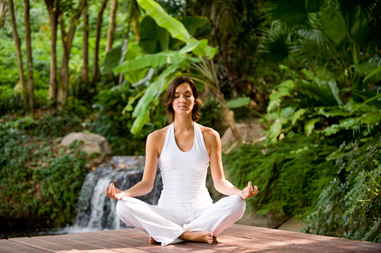
- To strengthen muscles in your lower body, try walking, biking, and climbing stairs. A recumbent bike or stair stepper can be considered if your balance needs a lot of work.
- Stretching exercises loosen tight muscles. They will gradually improve your posture and balance.
- Yoga is a good option to strengthen and stretch tight muscles and, at the same time, challenges your static and dynamic balance skills.
- Another useful technique is Tai chi. The moves involve gradual shifting of weight from one foot to another combined with rotating the trunk and extending the limbs.
- Try standing on one leg whenever you get free time and when involved in activities such as ironing the clothes or washing the dishes.
- Try balancing on a wobble board that is designed to challenge your stability. You may just work up to 2 minutes without holding on or allowing the edges of the device to touch the floor.
- Get a good night’s rest. Sleep deprivation may result in slow reaction time.
The key is to stay active as you age. How well you maintain your balance in midlife will determine how well you fare later. In addition to protecting you from future falls, improved stability comes with immediate health benefits including better mobility, less risk of injuries, and increased overall well-being.